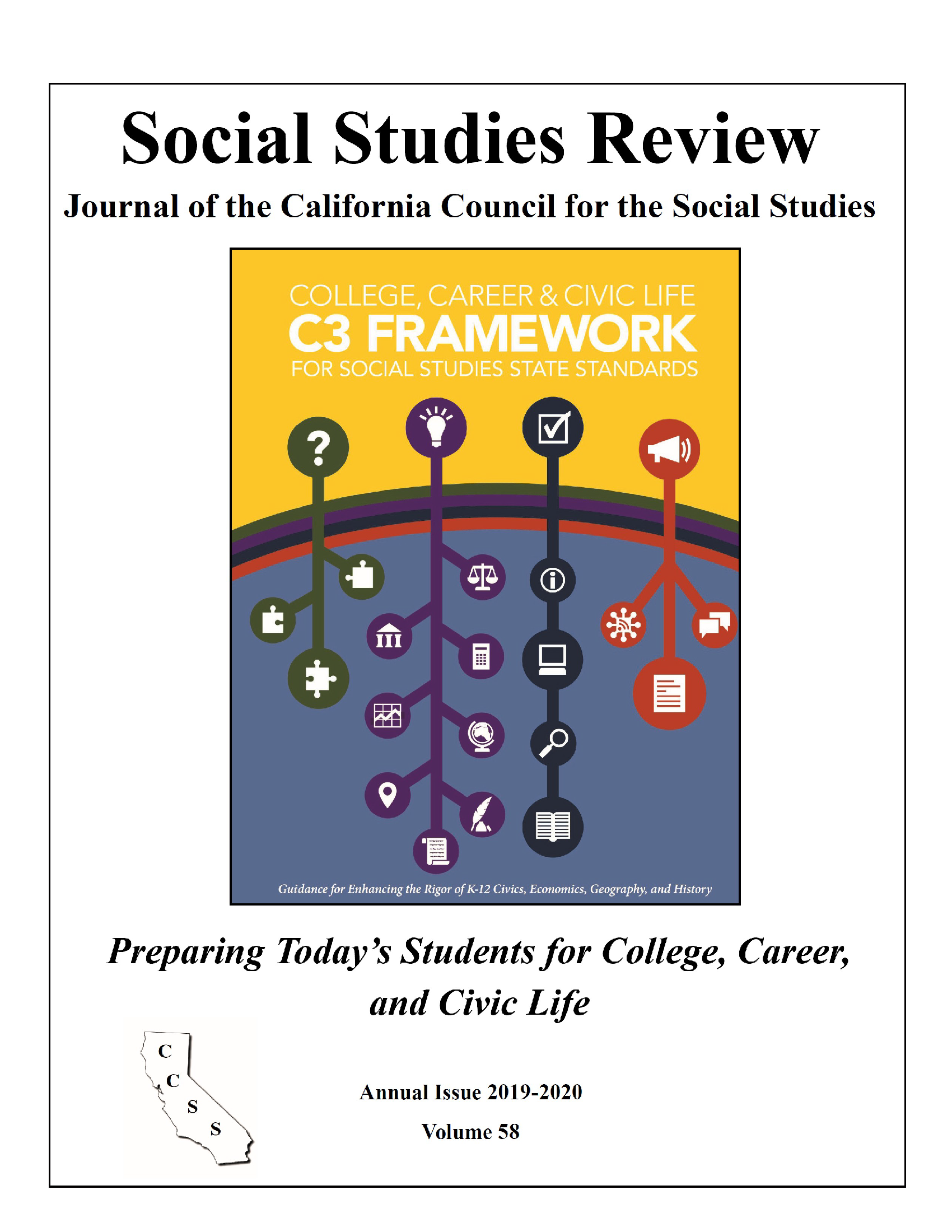

I wonder if you could address, specifically,the division of Common Core's reading standards into 10 for informational texts and 9 for literary texts for grades 6-12. I'm glad to read that you agree there is no research at all bearing on the "right" mix of informational and literary reading in K-12 needed for college-readiness. I tried to add something to your blog and it seems I was not successful. I posted this comment to myself without any editorial changes for my friend, Sandra Stotsky. Of course, if educators and publishers don’t know the difference between non-fiction and informational text, any text counts they provide will be misleading. Frankly, the skills needed to read a fictional story and a true life story are not so different making sure that kids get a lot of non-fiction reading experience won’t suffice. In many cases, people are counting up all their non-fiction and claiming it as informational. Or, an article on porpoises and how they communicate would be informational, but Flipper’s life story falls into the literary pot (even though it might be a true story). Thus, an article about spelunking would be informational, but a narrative that tells the story of someone’s actual spelunking adventure would not be. Informational text is text that provides information about the social or natural world, and deals with classes of objects and experiences rather than individual instances. NSDL has been collaboratively engaged with the Learning Registry from its inception, along with additional collaborators, Butte County Office of Education/CADRE, Navigation North, and others.Another complication is that not all non-fiction selections are informational text. Consumers can access the full set of NSDL paradata records with this slice:.Paradata are published in LR Paradata 1.0 format and include user comments (full text) and usage summaries (no of times viewed, favorited, commented, average star rating, etc).
#Slice it ccss full
Consumers can access the full set of NSDL LRMI/JSON-LD records using this slice:.Learning resource metadata are published in LRMI/JSON-LD format and include standards tagged with ASN URIs, CCSS URIs, CCSS dot notation, and other standards identifier schemes Grade Level (typicalAgeRange), Audience, Resource Type, and others. NSDL partners/collections are indicated in the envelope under identity:curator.NSDL publisher is indicated in the envelope under identity:submitter "National Science Digital Library (NSDL)".88 - Resources aligned to Next Generation Science StandardsĬonsuming NSDL Metadata and Paradata from Learning Registry.5297 - Resources aligned to National Science Education Standards.2532 - Resources aligned to AAAS Benchmarks (1993 version).


The NSDL first published a static snapshot of its metadata to the Learning Registry in NSDL DC format in 2011. Additions, changes, and deletions are published on a weekly basis. NSDL publishes its learning object metadata to the Learning Registry in LRMI/ JSON-LD format and paradata in LR paradata 1.0 format. It is not a portal, but a platform for aggregating metadata and other data about learning objects.

The effort began in 2010 and creates a set of technical protocols for the exchange of data in support of educational goals by multiple providers. The Learning Registry is an effort jointly sponsored by the Department of Education and the Department of Defense.


 0 kommentar(er)
0 kommentar(er)
